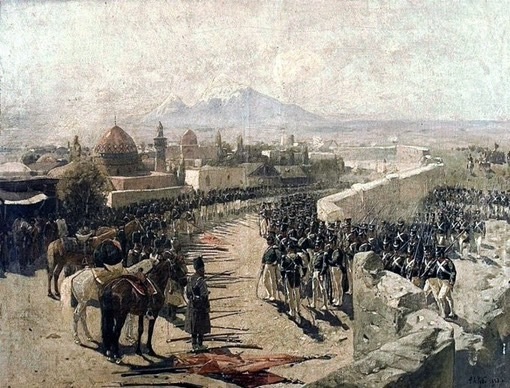
With a population of more than a million, today the capital city of Yerevan is the political, financial, industrial, and cultural center of Armenia. However, at the beginning of the 19th century, it was a Turkish-Azerbaijani rather than an Armenian city, notwithstanding the erroneous assertions by the Armenian political leaders and other spokespersons concerning the city’s past.
In 11th century, the city was briefly controlled by the Byzantine until the Seljuk Turks took the city in 1064 and ruled the entire area. This was followed by the Mongol-Ilkhanid conquest of the region in 1236, which ended at the end of 13th century when Turks re-conquered the region.
The region’s subsequent history involved frequent changes of control over the region between the Iranian and Ottoman Empires. Indeed, upon capturing the citadel town in the 17th century, Ottoman Sultan Murat IV had built the famous “Revan Mansion” (Revan Köşkü) in memory of the conquest. In the 18th century, the Turkish Qajar Dynasty established Khanate of Erivan. The Erivan Khanate ruled the area until it was conquered by the Russians in 1828, following the signing of the Turkmenchay Treaty in 1828.
At the time of the Russian conquest in 1820s, Azerbaijani Turks made up around 80 percent of Yerevan’s total population. During the occupation, 359 Azerbaijani villages were razed to the ground and their population was massacred and expelled from their houses. The Russians settled 45,000 Armenians brought from today’s Turkey and Iran lands until 1832. However, even with these massive population movements, the Armenians still did not make up a clear majority in the region. It was only at the end of the 19th century and early 20th century, following war and continuous migration and emigration that the Armenians established a solid majority in the region.
The famous painting by Franz Roubaud of the Yerevan Fortress siege in 1827 by the Russian forces under leadership of Ivan Paskevich is an interesting display of the city’s Azerbaijani Turkish past. Painted with the Ağrı Mountain at the background, Roubaud’s painting clearly demonstrates the Azerbaijani-Muslim character of the city with mosques and minarets. Today, there are no mosques or Azerbaijani Turks left in Yerevan, a city where they once constituted around 80 percent of the population. Successive generations of Armenian politicians not only failed to admit the fact that the Armenian dominance over the region was established through massacres and ethnic cleansing, but also persistently denied its Azerbaijani-Turkish past.
It is high time that the government in Yerevan faces its history rather than launching campaigns of hatred against their neighbors by false accusations and making baseless and provocative territorial demands on them.
© 2009-2025 Center for Eurasian Studies (AVİM) All Rights Reserved
No comments yet.
-
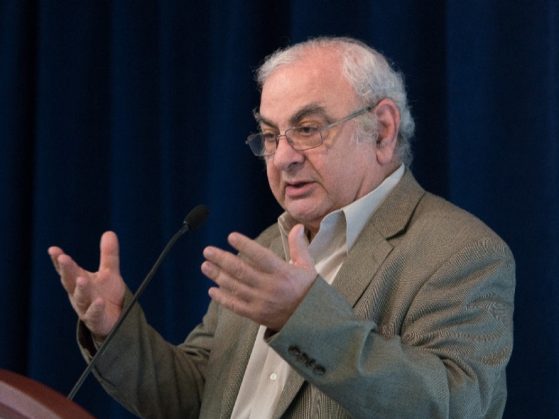 ARMENIAN POLITICAL THINKING AND A SOBER WAKE-UP CALL BY GERARD LIBARIDIAN
ARMENIAN POLITICAL THINKING AND A SOBER WAKE-UP CALL BY GERARD LIBARIDIAN
AVİM 01.02.2021 -
 FREEDOM OF EXPRESSION
FREEDOM OF EXPRESSION
AVİM 21.06.2015 -
 LETTER BY ATTORNEY BRUCE FEIN IN THE INTEREST OF HISTORICAL AND LEGAL TRUTH
LETTER BY ATTORNEY BRUCE FEIN IN THE INTEREST OF HISTORICAL AND LEGAL TRUTH
AVİM 24.05.2023 -
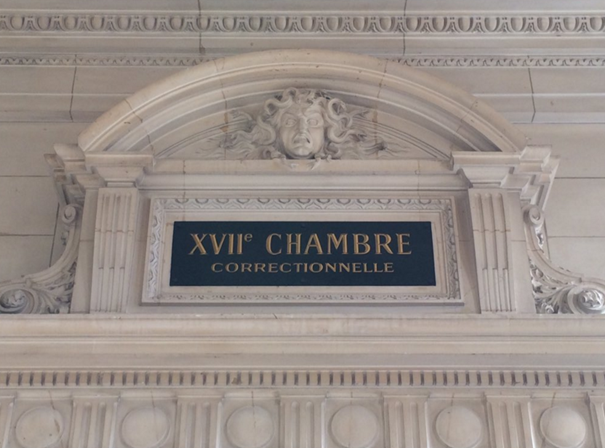 THE GAUIN V. TORANIAN AND TILBIAN TRIAL IN PARIS
THE GAUIN V. TORANIAN AND TILBIAN TRIAL IN PARIS
AVİM 01.11.2017 -
 EXCERPTS FROM JEREMY SALT’S BOOK REVIEW TITLED “A LAWYER’S BLUNDERING FORAY INTO HISTORY” IN THE LATEST ISSUE OF THE REVIEW OF ARMENIAN STUDIES
EXCERPTS FROM JEREMY SALT’S BOOK REVIEW TITLED “A LAWYER’S BLUNDERING FORAY INTO HISTORY” IN THE LATEST ISSUE OF THE REVIEW OF ARMENIAN STUDIES
AVİM 15.04.2015
-
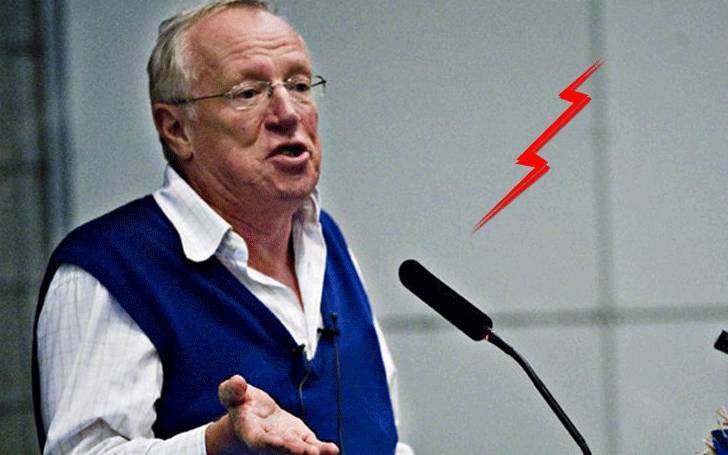 THE INDEPENDENT LETS FISK TO ABUSE HISTORICAL FACTS AGAIN
THE INDEPENDENT LETS FISK TO ABUSE HISTORICAL FACTS AGAIN
AVİM 27.12.2018 -
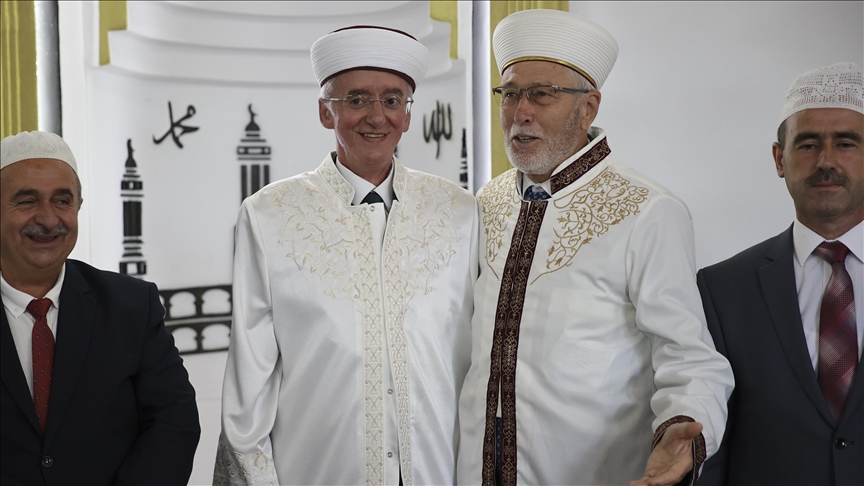 RELIGIOUS ASSIMILATION POLICIES IN GREECE: PRESSURE ON TURKISH MUFTIS AS A CONTINUATION OF MINORITY RIGHTS VIOLATIONS
RELIGIOUS ASSIMILATION POLICIES IN GREECE: PRESSURE ON TURKISH MUFTIS AS A CONTINUATION OF MINORITY RIGHTS VIOLATIONS
Teoman Ertuğrul TULUN 21.08.2025 -
ENTICEMENT TO TERRORISM
Alev KILIÇ 01.08.2013 -
 POLITICAL INSTABILITY BRINGS OBSTACLES TO MOLDOVA ON THE WAY TOWARDS THE EU
POLITICAL INSTABILITY BRINGS OBSTACLES TO MOLDOVA ON THE WAY TOWARDS THE EU
Gülperi GÜNGÖR 23.06.2020 -
 THE BRICS SUMMIT 2023
THE BRICS SUMMIT 2023
Gülperi GÜNGÖR 25.09.2023
-
25.01.2016
THE ARMENIAN QUESTION - BASIC KNOWLEDGE AND DOCUMENTATION -
12.06.2024
THE TRUTH WILL OUT -
27.03.2023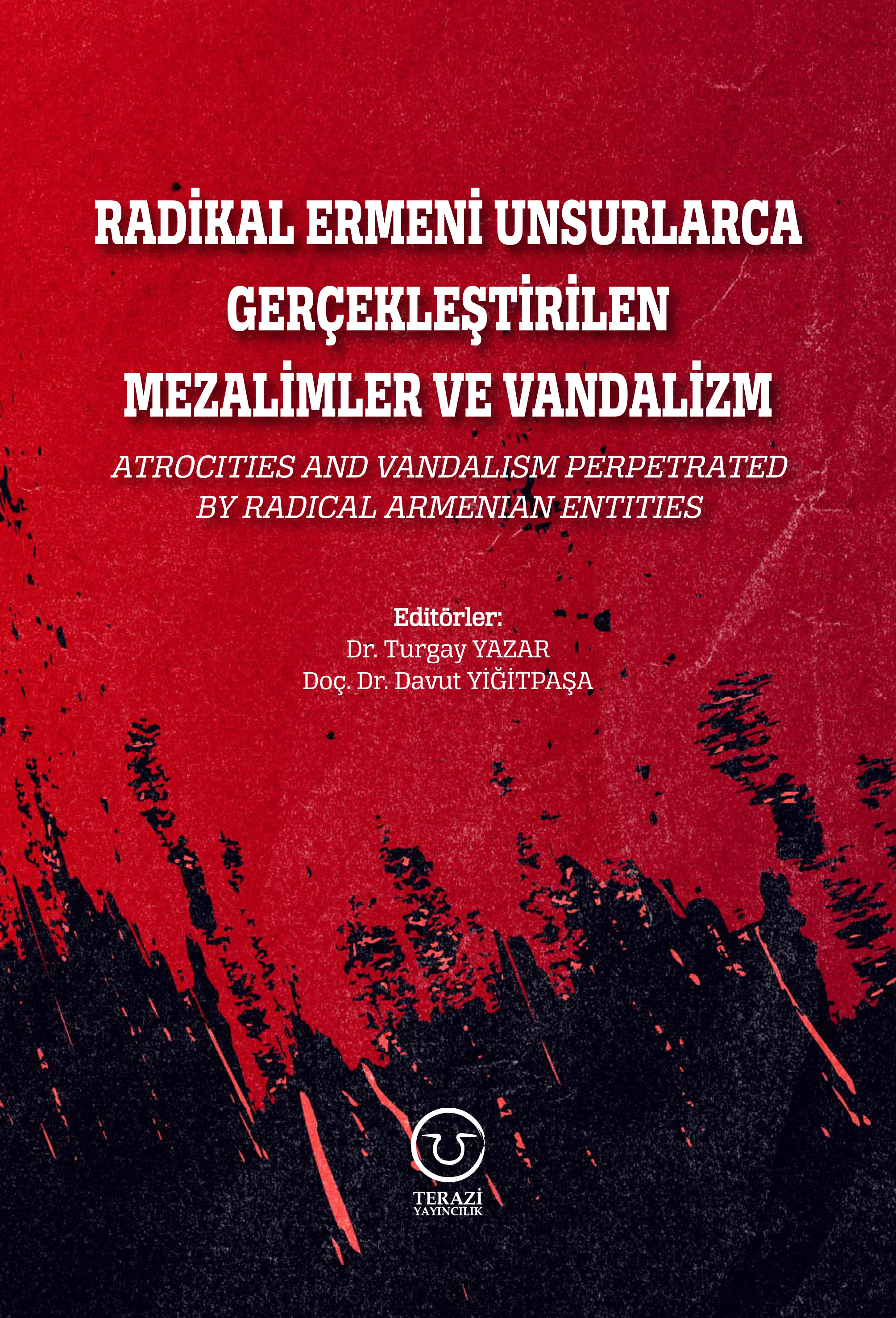
RADİKAL ERMENİ UNSURLARCA GERÇEKLEŞTİRİLEN MEZALİMLER VE VANDALİZM -
17.03.2023
PATRIOTISM PERVERTED -
23.02.2023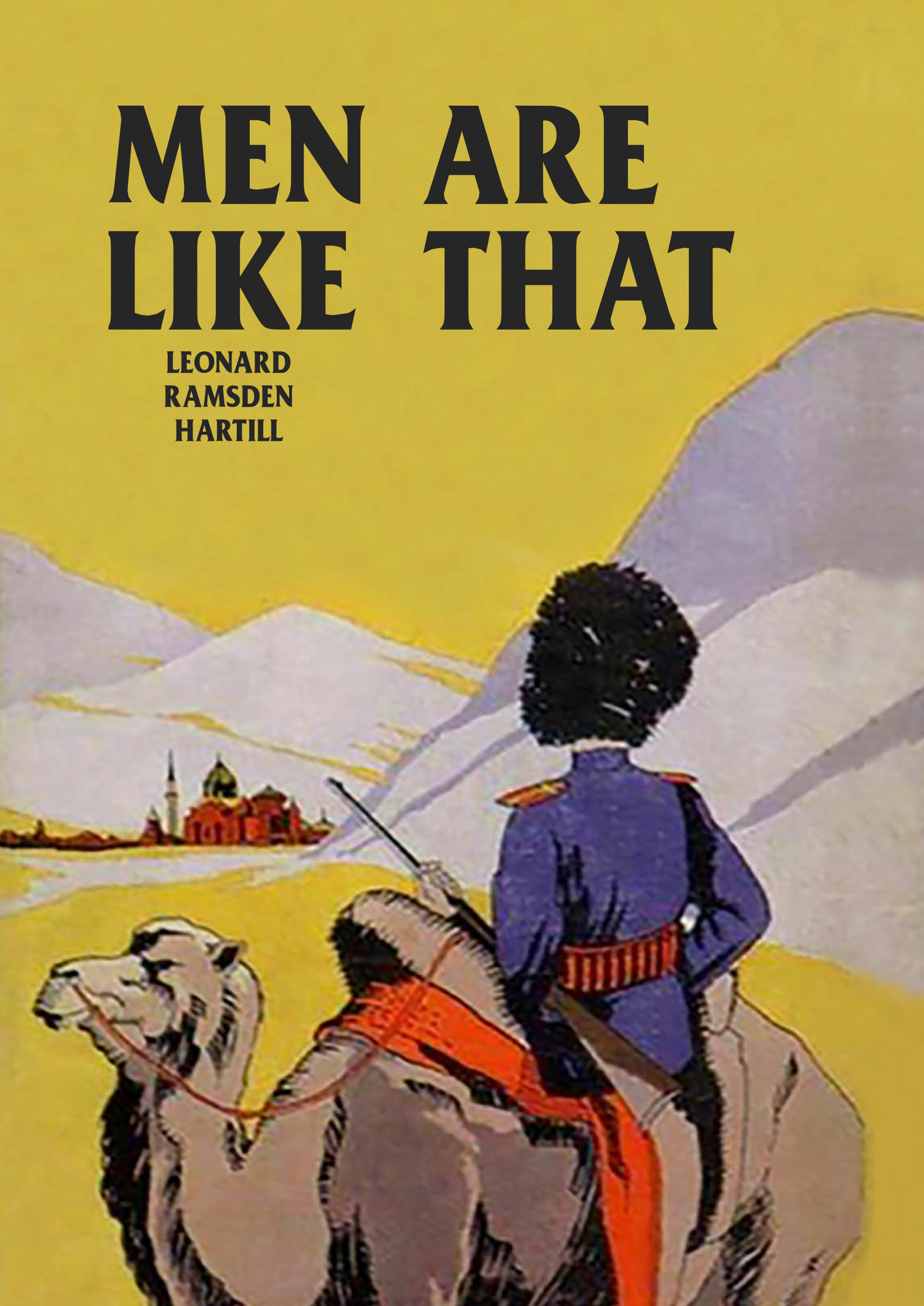
MEN ARE LIKE THAT -
03.02.2023
BAKÜ-TİFLİS-CEYHAN BORU HATTININ YAŞANAN TARİHİ -
16.12.2022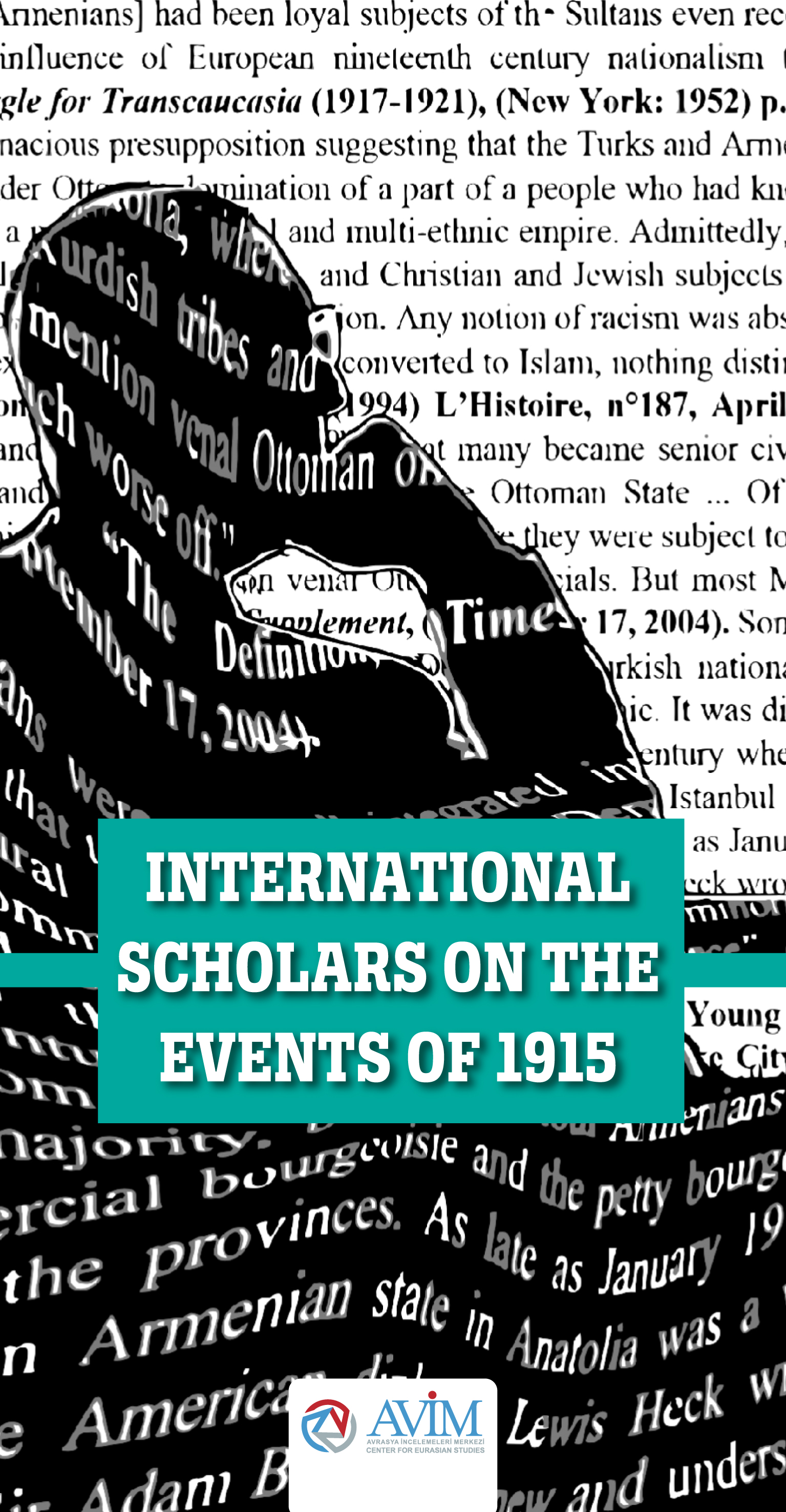
INTERNATIONAL SCHOLARS ON THE EVENTS OF 1915 -
07.12.2022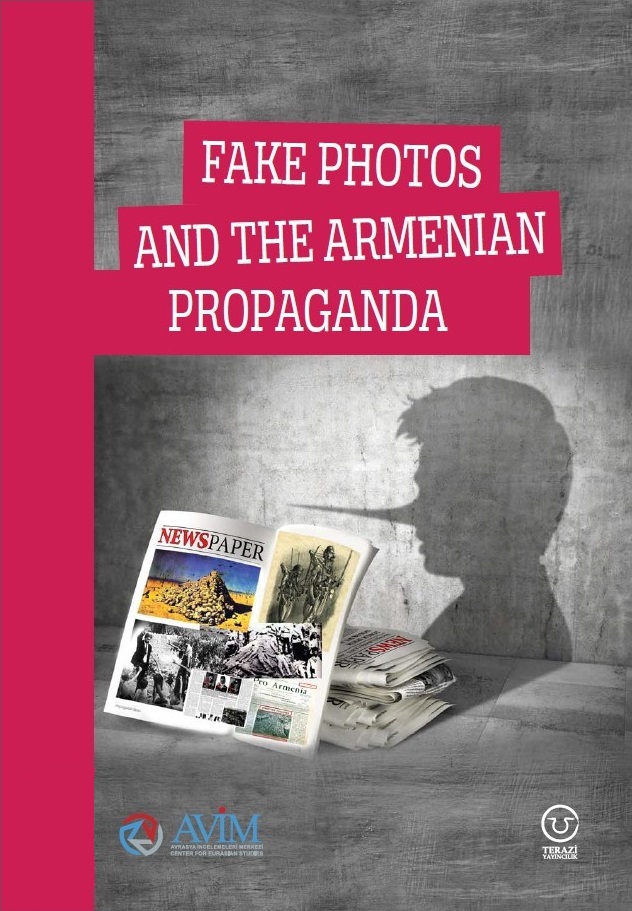
FAKE PHOTOS AND THE ARMENIAN PROPAGANDA -
07.12.2022
ERMENİ PROPAGANDASI VE SAHTE RESİMLER -
01.01.2022
A Letter From Japan - Strategically Mum: The Silence of the Armenians -
01.01.2022
Japonya'dan Bir Mektup - Stratejik Suskunluk: Ermenilerin Sessizliği -
03.06.2020
Anastas Mikoyan: Confessions of an Armenian Bolshevik -
08.04.2020
Sovyet Sonrası Ukrayna’da Devlet, Toplum ve Siyaset - Değişen Dinamikler, Dönüşen Kimlikler -
12.06.2018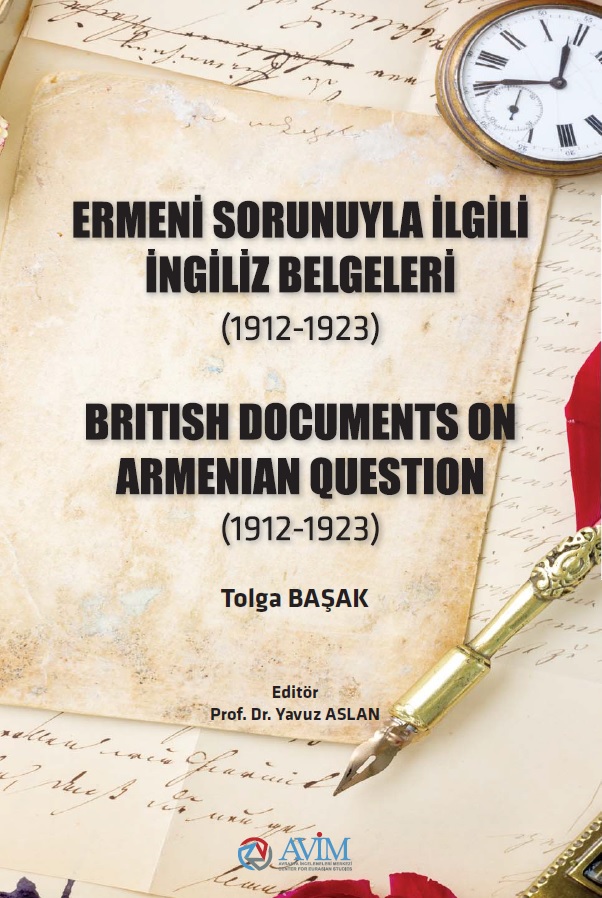
Ermeni Sorunuyla İlgili İngiliz Belgeleri (1912-1923) - British Documents on Armenian Question (1912-1923) -
02.12.2016
Turkish-Russian Academics: A Historical Study on the Caucasus -
01.07.2016
Gürcistan'daki Müslüman Topluluklar: Azınlık Hakları, Kimlik, Siyaset -
10.03.2016
Armenian Diaspora: Diaspora, State and the Imagination of the Republic of Armenia -
24.01.2016
ERMENİ SORUNU - TEMEL BİLGİ VE BELGELER (2. BASKI)
-
AVİM Conference Hall 24.01.2023
CONFERENCE TITLED “HUNGARY’S PERSPECTIVES ON THE TURKIC WORLD"









